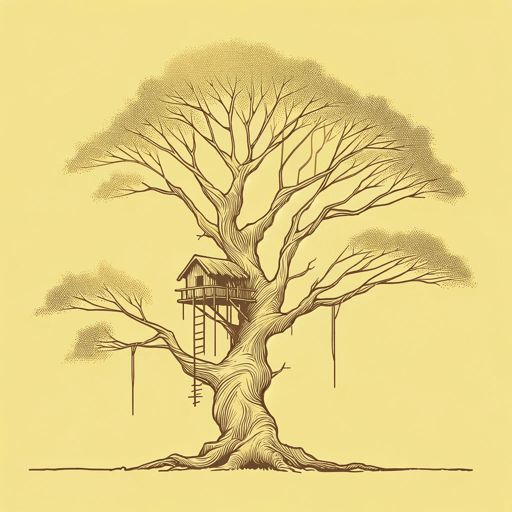34 pages • 1 hour read
Clarice LispectorThe Smallest Woman in the World
Fiction | Short Story | Adult | Published in 1960A modern alternative to SparkNotes and CliffsNotes, SuperSummary offers high-quality Study Guides with detailed chapter summaries and analysis of major themes, characters, and more.
Literary Devices
Exaggeration
Exaggeration is a literary and rhetorical device that involves overemphasizing, augmenting, or distorting certain facts. It is a form of figurative language, akin to similes and metaphors, as it aims to create more vivid representations and elicit an emotional reaction from the reader. In “The Smallest Woman in the World,” exaggeration is used to emphasize Little Flower’s smallness, heightening the impact of her photo when received by the readers of the Sunday newspaper.
Lispector uses exaggeration in different ways. For example, the metaphor of Russian dolls or a box in a box is used to accentuate smallness: “like a box within a box, within a box—among the smallest pygmies in the world was the smallest of the smallest pygmies in the world” (165). The exaggeration creates distance between Little Flower and the explorer Marcel Pretre, placing Little Flower initially in a vulnerable position. It also distorts size and reception in general, introducing the question of whether an even smaller being can exist. It turns out that another box within the smallest box does exist: Little Flower’s unborn child. Through this repeated exaggeration and distortion, Lispector plays with the reader’s sense of scale, questioning the very act of representation.


